AMG’s Hebrew Greek Key Word Study Bible is a study Bible that is used for what it was intended – Bible study. Rather than giving commentary on specific verses, this Bible gives you the tools you need to do your own study of the original languages. This popular study Bible is now available in ESV.
Pros
- Strong’s Hebrew and Greek dictionaries
- Contains tools to help readers learn Hebrew and Greek
Cons
- No premium edition available
- Print quality varies
Features
- 2011 ESV
- Wide margins
- Red letter
- Center-column references
- Double column, paragraph format
- Annotated Strong’s Hebrew and Greek dictionaries
- Grammatical codes
- Grammatical notations
- Book introductions
- Keywords in text are coded to Strong’s dictionary
- Word studies
- Bookmark containing grammatical codes
- Scripture index
- 8 pages of maps
- Table of Weights and measures
- 2340 pages
- 9.25 x 7.25 x 1.75
- ISBN: 9780899579139
- ~ $35.00
Buy from Amazon
Buy from Christianbook
Cover and Binding
The edition I’m reviewing is hard cover with a glued binding. The hard cover feels like it’s made well, but time will tell. I’ve had some Bibles built like this one that rip apart after a few months. It is also available in imitation and genuine leather. I recommend the hard cover edition for reference and home use and the genuine leather edition for carry (it will take more abuse).
Paper and Print
The paper is thin with a normal amount of show-through. Thicker paper (such as the paper in Crossway’s ESV Study Bible) would have been nice, but this paper isn’t bad for its low price range. Thicker paper would be better for writing and note-taking. There are four pages in the back for notes.
The fonts look to be around 9-point with a 10-point leading (just a guess, though). It’s about a medium or lighter boldness. The black letter seems consistent but the red letter does fade and vary. There are pages where the red letter looks smeared. The shade of red is medium to light. The red-letter does go all the way through Revelation. That’s something I wish that all red-letter editions would do.
Layout
The text is presented in double column, paragraph format. Poetry is set in verse format. Verse numbers are in bold, making it easy to find verses within the paragraphs. OT quotes in the NT are offset, making them easy to identify. I would love to see the King James Version offered in this format. References are placed in a center column and translation notes are placed under the last verse in that column. Section headings are in italics and bold, and are much larger than the Scripture text. References, translation notes, and section headings are the standard available for ESV. Commentary notes appear at the bottom of the page and are keyed to the text with a verse number and a drawing of a key.
What really makes this Bible different and sets it apart are the grammatical codes and notations. There are numbers, letters, and underlining within the Scripture text. Words that are underlined have the Strong’s number. You can look these numbers up in the dictionary in the back. If the number is bold, the entry will be expanded (annotated). If the number is not bold, it’s just the regular Strong’s entry. Not every word gives the Strong’s number. There are lots of them on every page, but there will always be one that I want to be coded that’s not coded. For these words I have to look them up myself and write the number over the word. Grammatical codes are a string of letters that appear before the word. They are only found in the New Testament. These codes show the part of speech for that word. There is a list of grammatical codes in the back and on a supplied bookmark.
Another feature that should be standard in study Bible is wide margins. This Bible has a 1 inch margin on the outside and a .5 inch margin on the inside. I’m sure the inner margin is wider with the leather editions (the hard cover edition keeps the glued pages flat to the spine). These margins continue throughout the entire Bible (concordance, dictionary, etc.). This is great for writing your own notes and references. I am grateful that AMG added this.
Book Introductions
The book introductions average around a half a page. They cover the history and customs of the people the book was written to or about, and gives information of the significance of the book.
Notes
The notes at the bottom of the page discuss theological, exegetical, historical, and geographical points from the text. This is not like a standard study Bible with lots of commentary on every page. The main function is this study Bible, rather than commentary, is word studies. This means that there are not a lot of notes. To indicate that there is a note for a specific passage, there is a drawing of a key both in the margin and in the notes. I find the historical and geographical notes the most useful. The theological notes are biased. Just be careful and do your own study (just like with any study Bible or commentary).
Grammatical Codes
The Grammatical Codes section contains a page with all of the codes and 3 pages of examples. The codes show the verb tense forms of the Greek. The information explaining how to use the codes is found in the next section – Grammatical Notations. I would recommend placing the Grammatical Codes after the Grammatical Notations, so the explanation on how to use them comes before the codes themselves. The information is in this Bible, it’s just a little confusing at first because it looks like two separate sections when it really should be one section.
Grammatical Notations
The Grammatical Notations section is 20 pages and explains how to use the Grammatical Codes. The focus is on verbs. It covers the five features of verbs (tense, voice, mood, person, and number. They are written so that anyone can use them). However, they do not take the place of an education in Biblical Greek. Each of the features are explained and plenty of examples are given. They give enough information to be helpful and get you started, but it doesn’t give you everything you need to know. This section is very clear about that and gives references to other works to help learn Koine (New Testament) Greek. This section is the most technical and difficult to use.
Scripture Index
This is a list of Scriptures that the footnotes and book introductions reference. This shows which verses have a footnote and what other verses they can go to for more information. This works like a cross reference system for footnotes.
Concordance
The concordance is 78 pages and contains three columns per page. It also has wide margins on the outer margin.
Annotated Strong’s Hebrew and Greek Dictionaries
The annotated dictionaries are what set this Bible apart as a study Bible. I’ve always said that a good study Bible is a Bible that gives you the tools to do your own study. Well, in this Bible there is a 741-page Strong’s dictionary of Hebrew and Greek words that are keyed with Strong’s numbers. The entries are annotated by Spiros Zodhiates, from his Complete Word Study Dictionary Old Testament and New Testament, so many of the entries are greatly expanded. Annotated entries are marked with bold numbers. There is a lot of detail in the annotations, but there is also some theological bias. Just be aware of the bias and the annotations should prove useful.
Maps
There are 8 pages of maps in the back that contain 9 maps. The maps use dull colors (which I like) and are labeled well. Like most study Bibles, this one does not have an index to maps. An index to maps would make them more useful and is something I would like to see as a standard – especially in study Bibles. This is something that Cambridge, Allan, and Kirkbride gets right. The lack of an index keeps many readers from referencing the maps.
Conclusion
The Hebrew Greek Key Word Study Bible in ESV is a great tool for learning and using the Hebrew and Greek language in Bible study and teaching. There is a level of caution though with only knowing a ‘little Greek’. I’ve used the phrase many times – “I know enough to be dangerous”. That’s very true of Biblical languages. This Bible can take you further in your Bible study than what you will find in a regular study Bible. Learning and properly using the original languages will take you deeper in your study of God’s Word, and this Bible excels at that. I highly recommend the ESV edition of The Hebrew Greek Key Word Study Bible for Bible students, teachers, preachers, and anyone that wants to dig deeper into the original Biblical languages.
Buy from Amazon
Buy from Christianbook

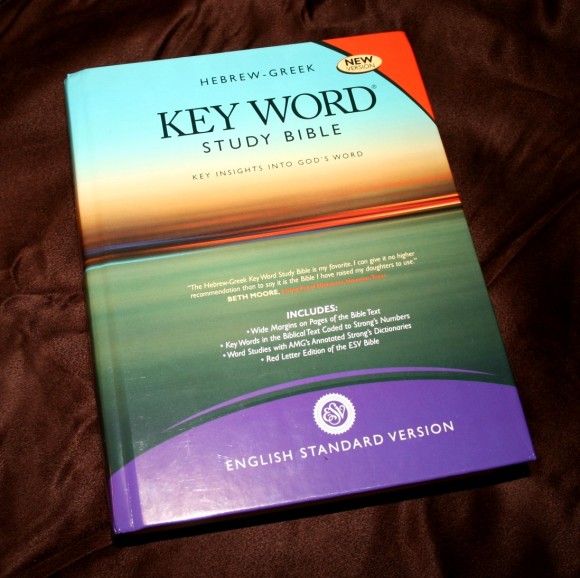
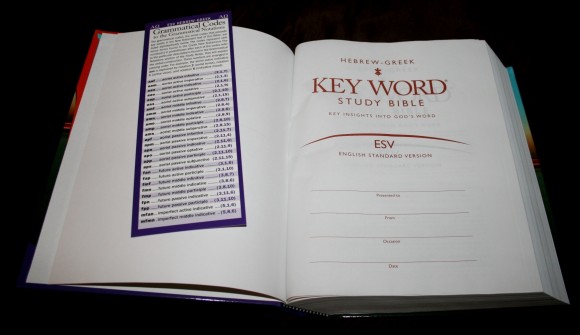
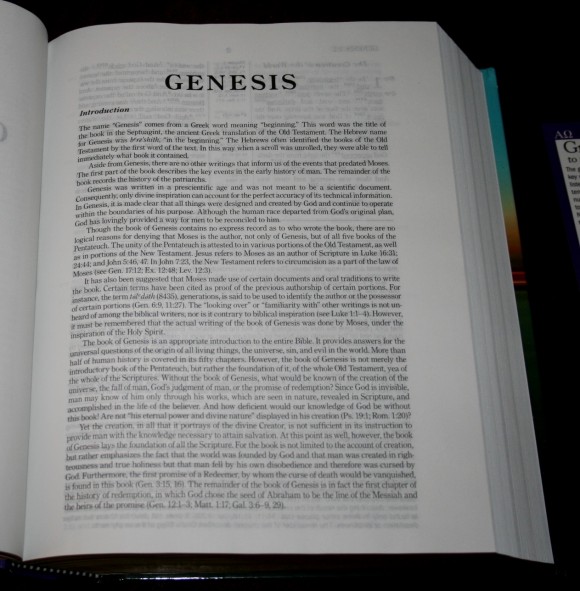
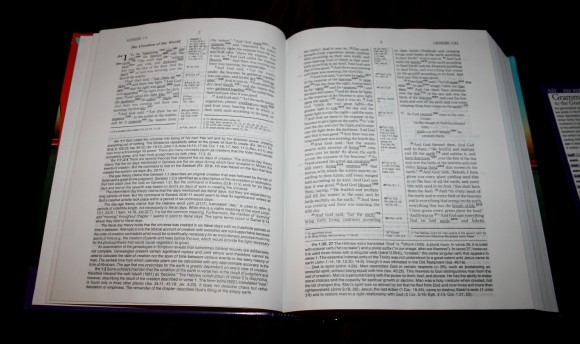
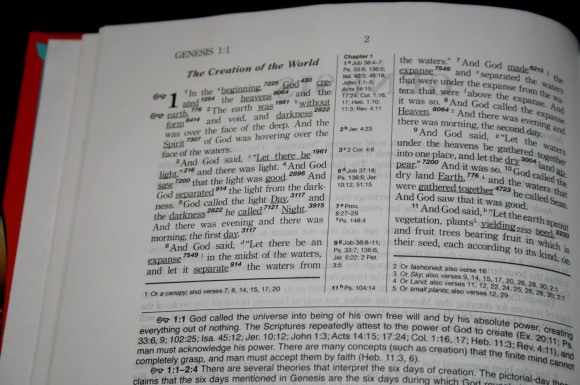

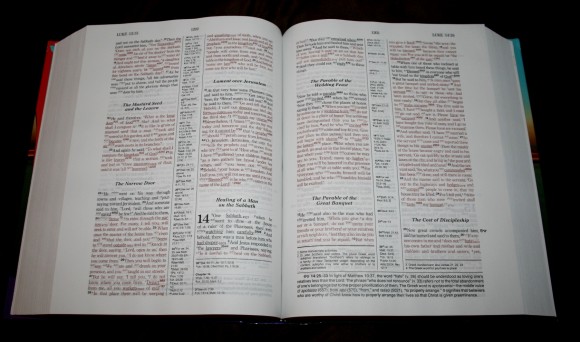
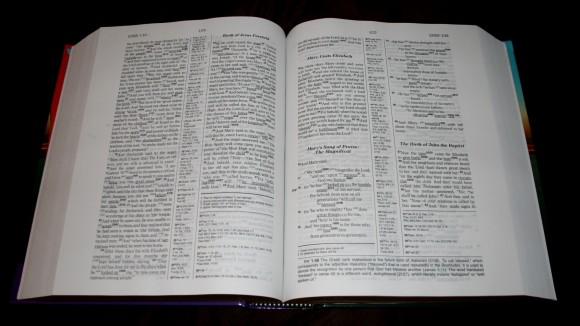
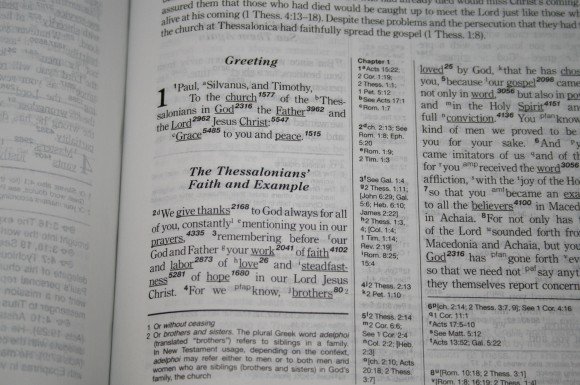
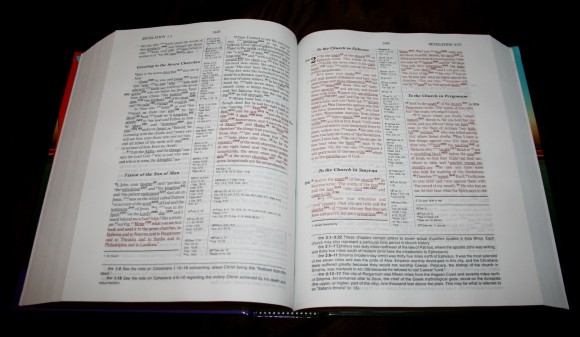
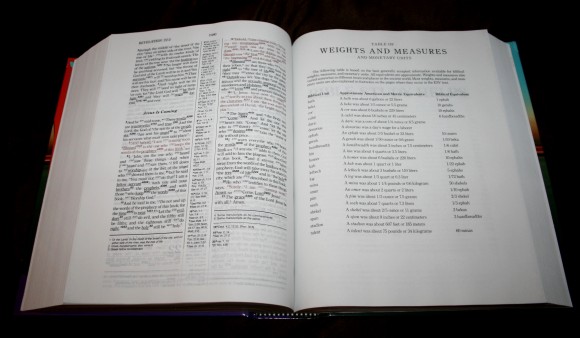
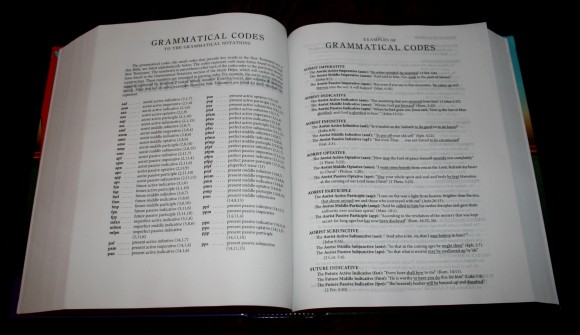
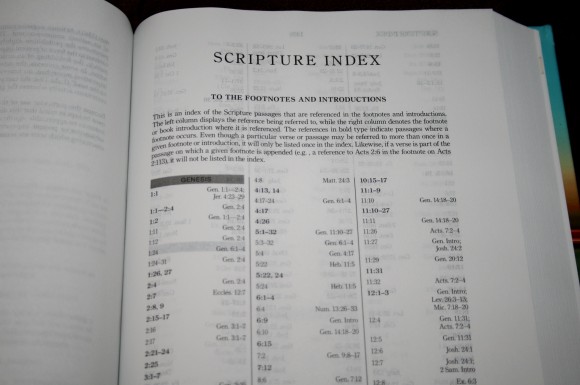
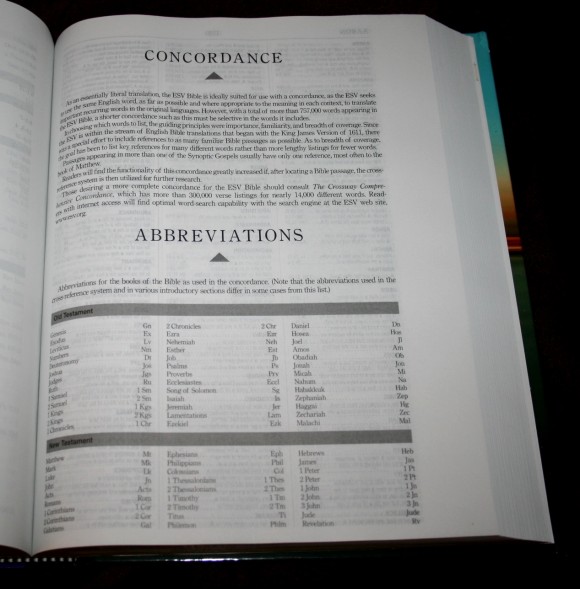
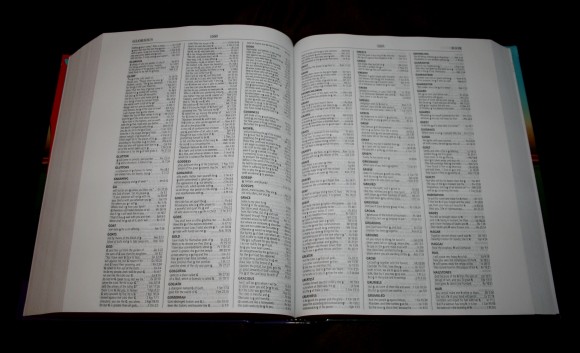
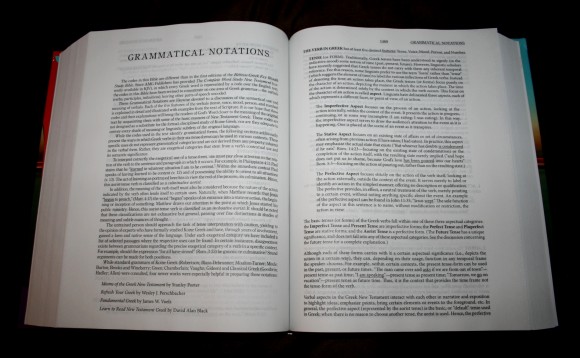
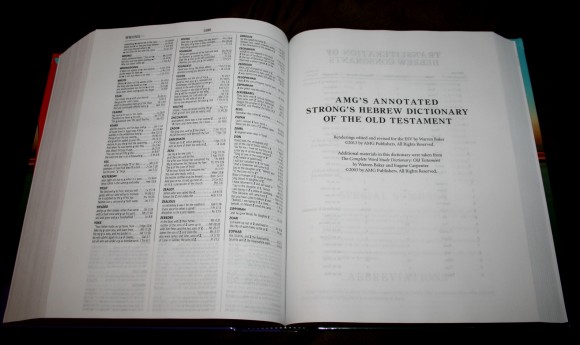
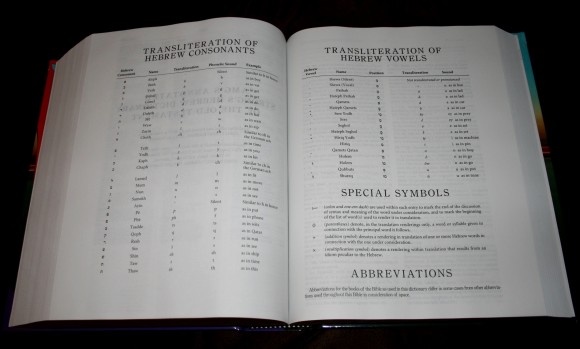
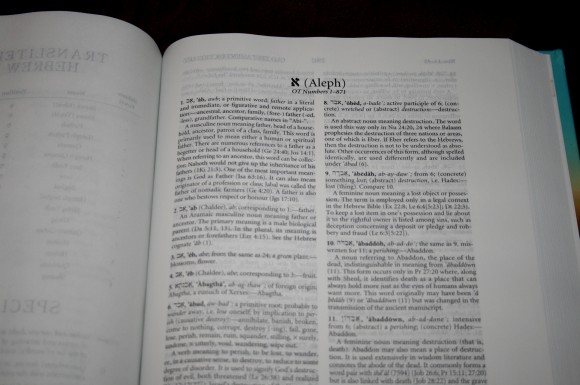
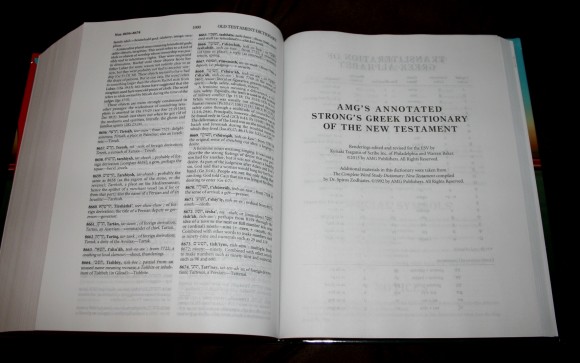
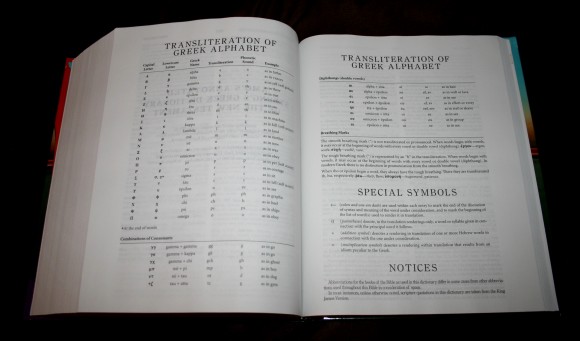
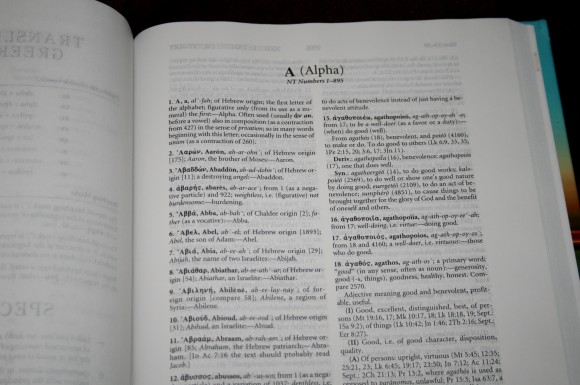
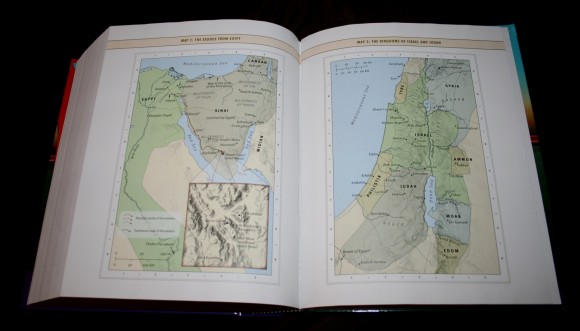

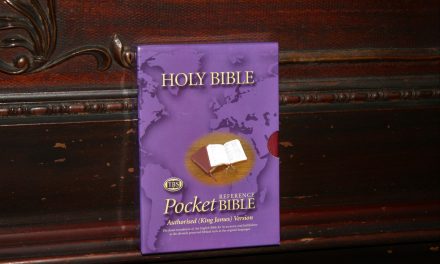

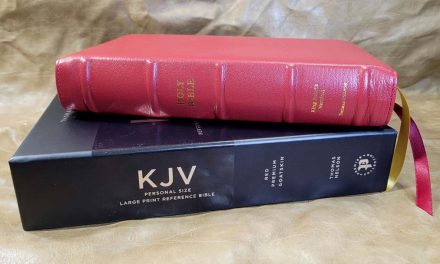





Thanks for the review Randy. I’m mostly interested in this bible for the Hebrew and Greek studies, but I wonder are all of the bindings on this particular edition glued, which is disappointing? I had hoped that most of the major bible publishers were getting away from glued bindings, so I find it strange that AMG made this decision and I wonder is this true of the older editions as well? And I think it was a good idea to increase the size of the margins for note taking, but AMG SHOULD have used a heavier more writeable paper to prevent any ink bleed through.
Hi Norm. I did see the genuine leather edition at LifeWay and I think it was sewn. I’ll have to check again to see if this is true. I also want to check the paper in that edition. Some Bibles have different paper and binding methods between their paperback, hard cover, and leather editions. If I get a chance to see it I will post my observations here.
Hey, I appreciate that Randy, I had my eye on the ESV imitation leather and saw a couple of copies at the Family Christian Store, but they were both sealed and I didn’t even think to look and see if there were signatures. I asked if they would open one and they opened up the hardback edition for a sample. And actually I don’t think there’s much of a price difference between the imitation and genuine leather editions.
Randy, I got a chance to compare the KJV and the ESV editions. Whether or not either is sewn I really couldn’t tell, however it appeared to me the KJV had signatures, while the ESV I just couldn’t tell. Both editions may be sewn and glued, although I have read on Christianbook.com’s website that the ESV editions are glued. Anyway, the text in the KJV appeared to be slightly larger and the paper slightly more opaque. So, I’m ordering the KJV in genuine leather because I found it to be more readable as a result of the paper and print. I would have liked to have also included the NASB and the NIV in the comparison. And I would still like to hear about your impressions on whichever editions your able to compare, thanks.
Hi Norm. I took a quick look at the KJV edition today at Lifeway. I thought the paper and print looked different but I wasn’t sure (I didn’t compare it in the store… now that I think about it that would have been a good idea). The next chance I get I will compare all of them. I might even ask if I can snap some photos to write a comparison review. My KJV edition is the older version. I’m considering getting the updated KJV edition to use as my teaching Bible. I love word studies in the original languages and there’s enough room in the margins for references.
I just ordered this bible! Can’t wait for it to arrive this Tuesday. What I like best is that this is a true study bible… Designed for real bible students to tear apart the meaning of words. A concordance and crossreferences…. That’s all you need to study and not get caught in doctrinal biases.
Hi David. That’s good to hear! We have the same tastes in study Bibles – they give you the tools you need to do your own study instead of someone else’s opinions. It’s hard to find a good ‘true’ study Bible. I’m sure you’ll love this one. Thanks for sharing.
You know what this bible needs inside? A copy of the “Dictionary of Bible Themes”by Martin Manser a 2000 reference based thematical book.
I received my copy of this Bible today and I’m thrilled with it! My copy is the ESV black genuine leather edition. I am very excited about doing word studies and digging deeper into the Word of God without any commentary or theological stance based notes. Love your review and your website, very helpful in helping me choose a new Bible.
Hi Cheryl-Lee. I’m glad you like it. Thanks for sharing.
Hello MR Brown. I think you did a great job reviewing this Key Word Bible, but I must ask, you said that you still have to number some of the words yourself with a Strong’s book. Can’t I then just buy Strong’s book and use it with my ESV instead of buying this?
Hi. Yes, you can use a regular Strong’s instead of this Bible. The main advantage in this is the convenience of having a Strong’s dictionary in your Bible, but having a separate tool is almost always better and more complete than having it in your Bible.
This is an absolutely fabulous review. Very thorough and lots of photos. I wanted to have a look inside before I ordered online and it was such a bonus to be able to read through the detailed review and get a better idea of its sections and uses. I’m happy to be more convinced this is the type of study Bible I had in mind to buy. Thanks so much for your thorough work, including the reminder to be mindful of theological bias and to make sure you study things for yourself.
Thanks Kelly. I appreciate it.
I’ll double the emphasis to be mindful of some serious theological error and bias starting on the very first page of Genesis.